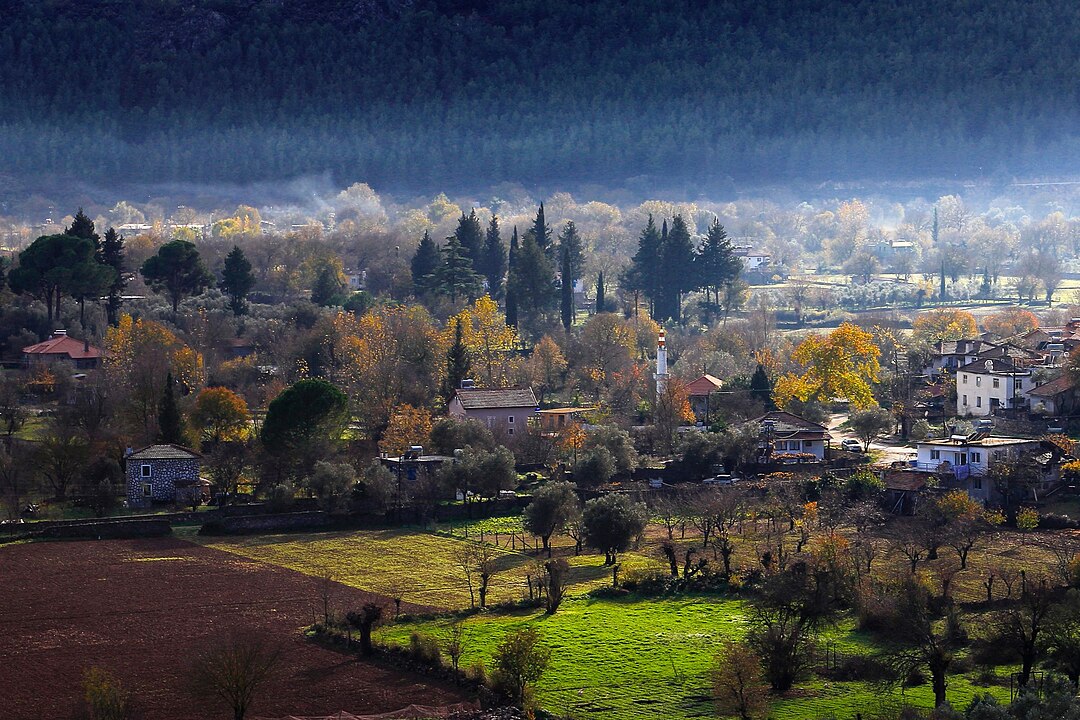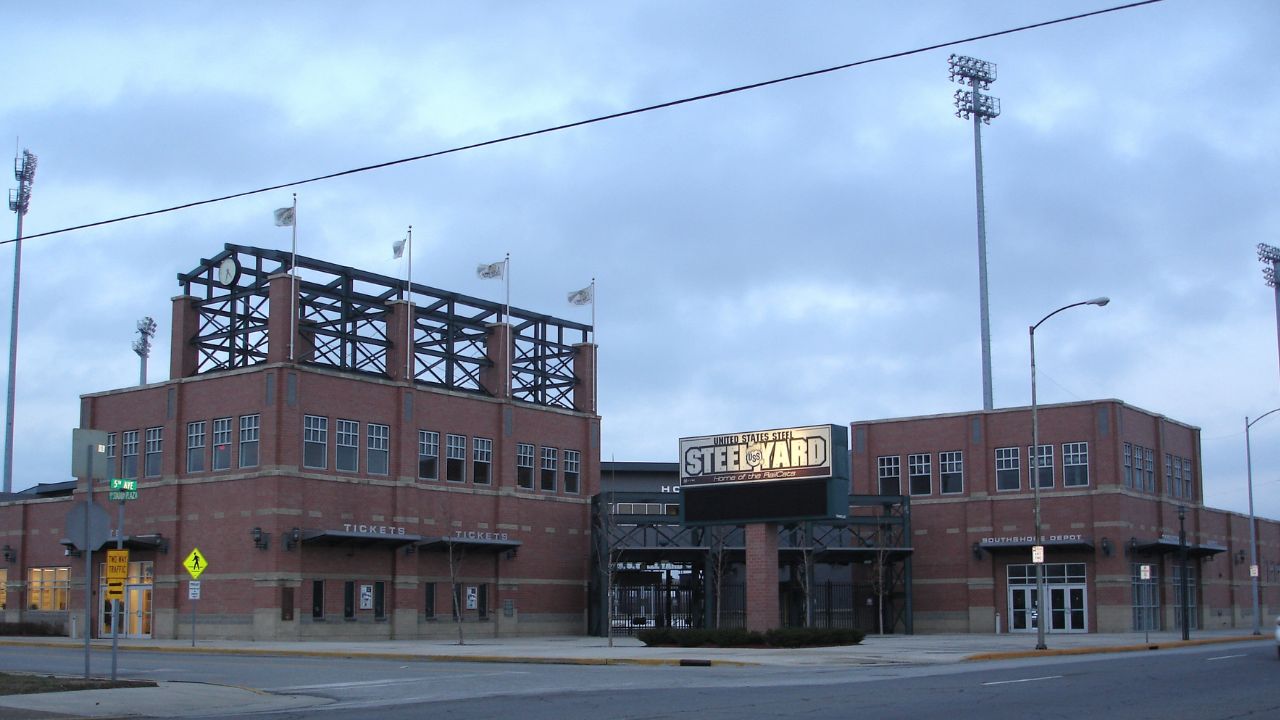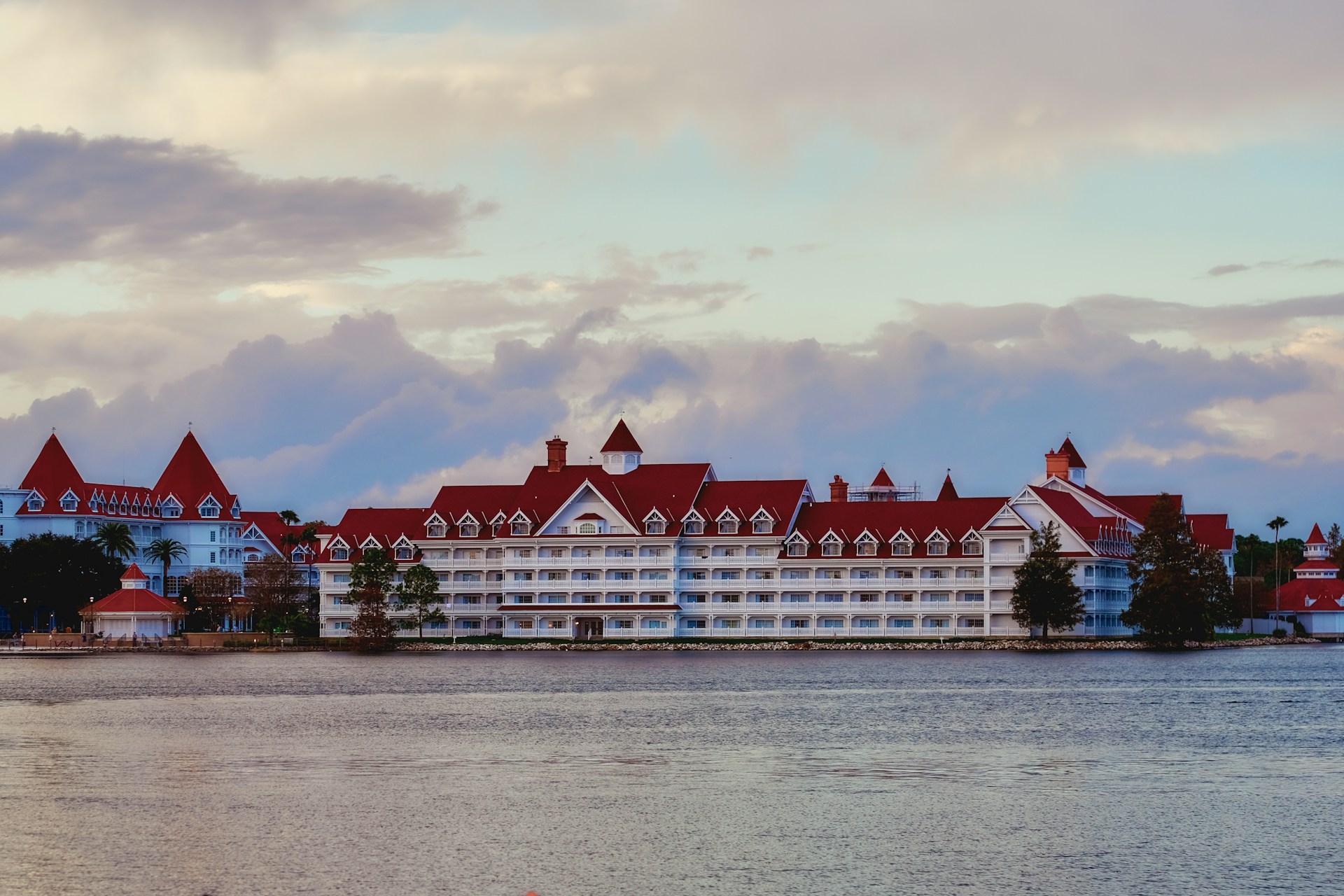Ruins change slowly, then all at once. Vines lift roofs, sand pours through windows, and birds rewrite the morning. Around the world, abandoned towns, forts, and factories slip back into soil, salt, and shade. Visiting these places feels like stepping into a long exhale. The noise drops and details jump forward: tool marks, faded paint, a tree rooted in a stairwell. Each site below welcomes careful feet, and each shows how nature edits without hurry, turning endings into new kinds of life.
Ta Prohm, Cambodia
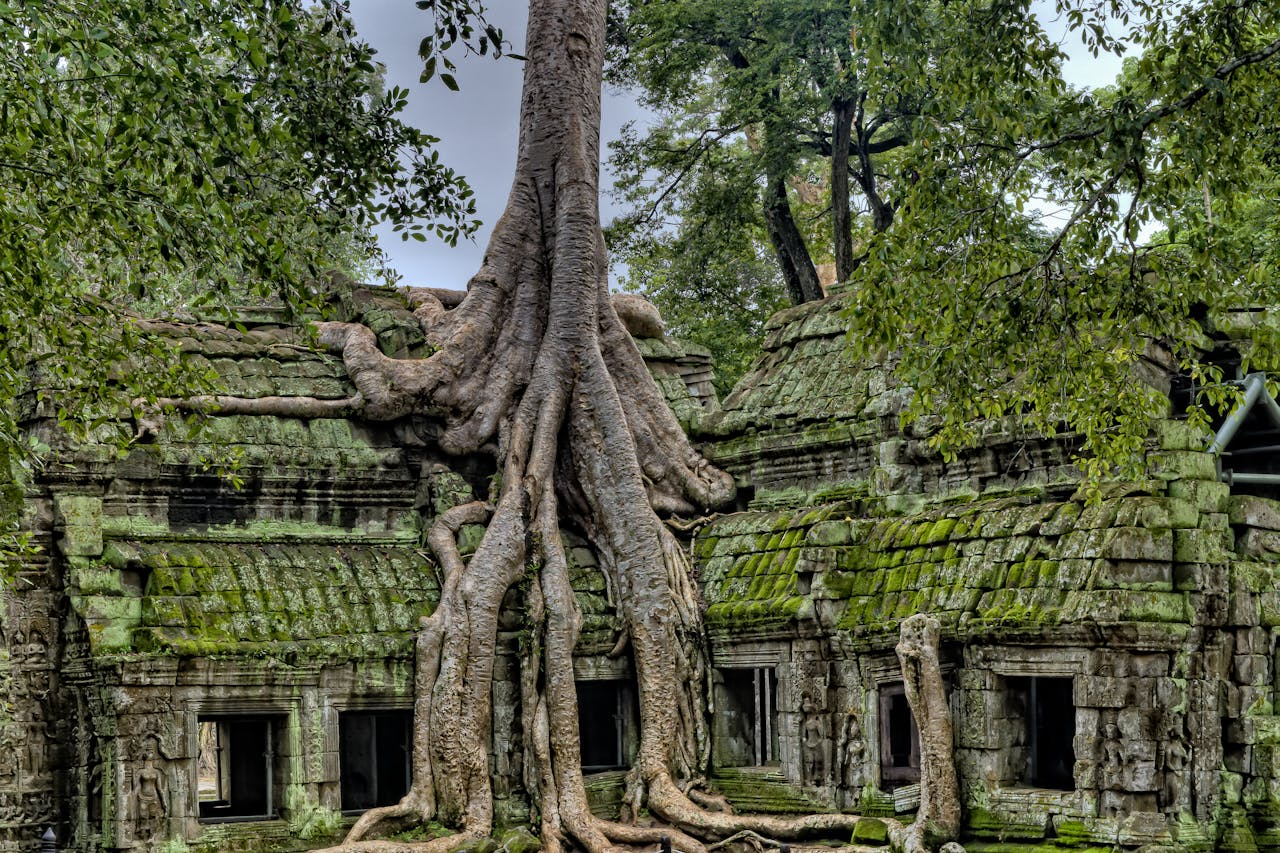
Within Angkor’s forest, Ta Prohm sits locked in a slow embrace with strangler figs and silk cotton trees, roots pouring over galleries like stone waterfalls and pinning lintels in place. Conservators stabilize passages but leave the famous tangles, so the temple reads as both ruin and garden under cicadas and thin shafts of light. Early mornings reveal mossy carvings brightening by degrees, a quiet truce between careful hands and an ambitious canopy.
Kolmanskop, Namibia
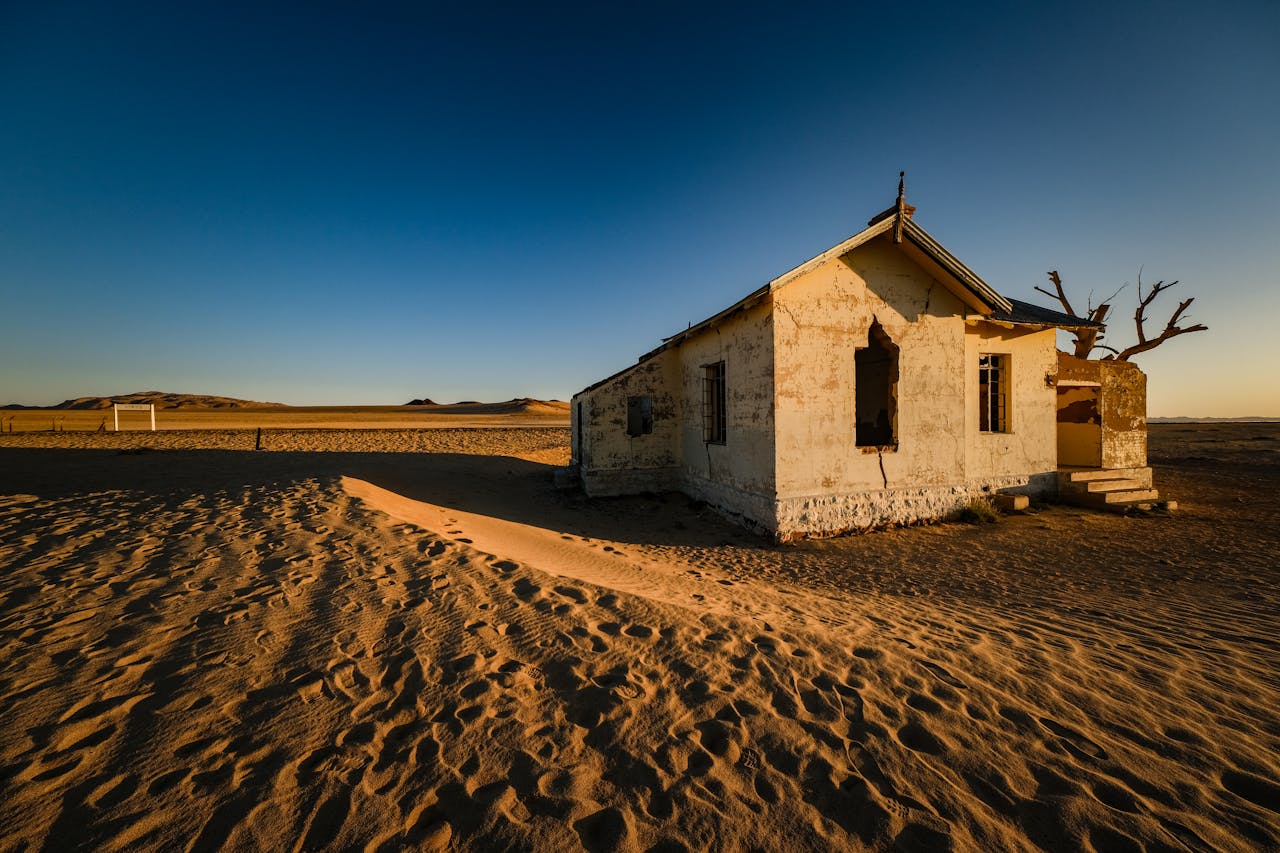
Once a diamond boomtown, Kolmanskop now fills room by room with desert sand that drifts through broken sash windows like water, swallowing doorways and softening angles. Guided entry protects fragile floors while photographers chase pale light that paints dunes blue at dawn and gold by midmorning. The Namib is the curator here, patient and irresistible, and the houses surrender grain by grain until footsteps sound like waves inside a landlocked sea.
Bodie, California, USA
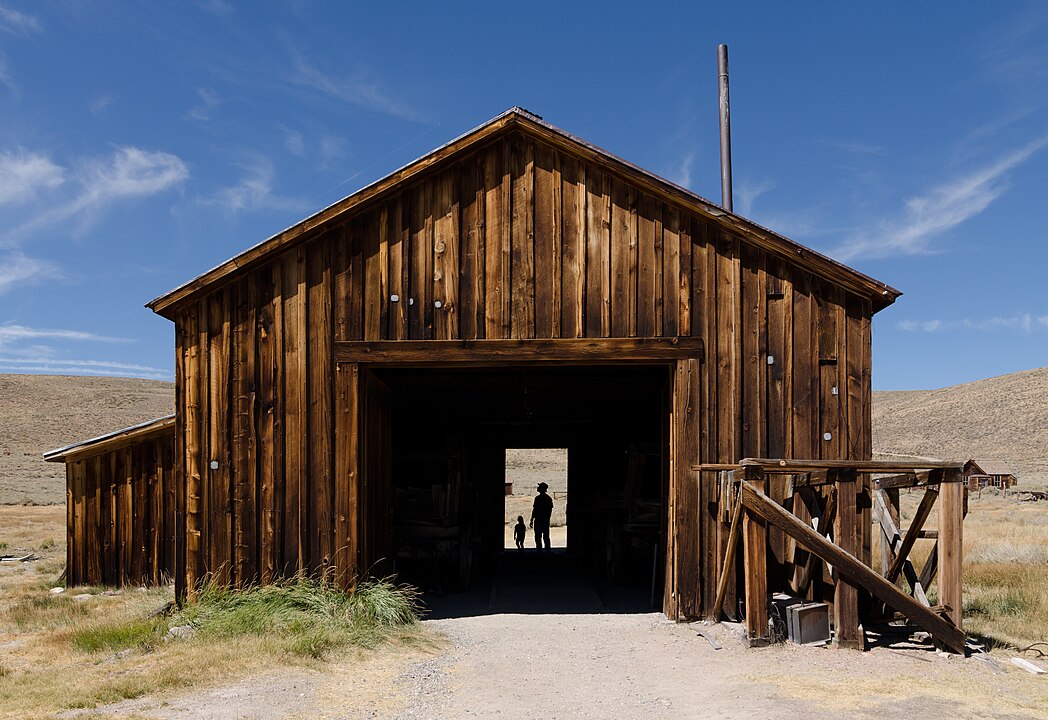
Bodie rests high in the Sierra as a state park kept in arrested decay, which means nothing is polished and nothing is allowed to crumble away, a precise kind of honesty about endings here. Store shelves still hold cans, desks keep ledgers, and homes lean into sagebrush while rangers mind doors and summer storms roll off a hard blue sky. A slow walk reveals dry timbers talking; wind threads porches and alleys like a distant train that never quite arrives.
Houtouwan, China
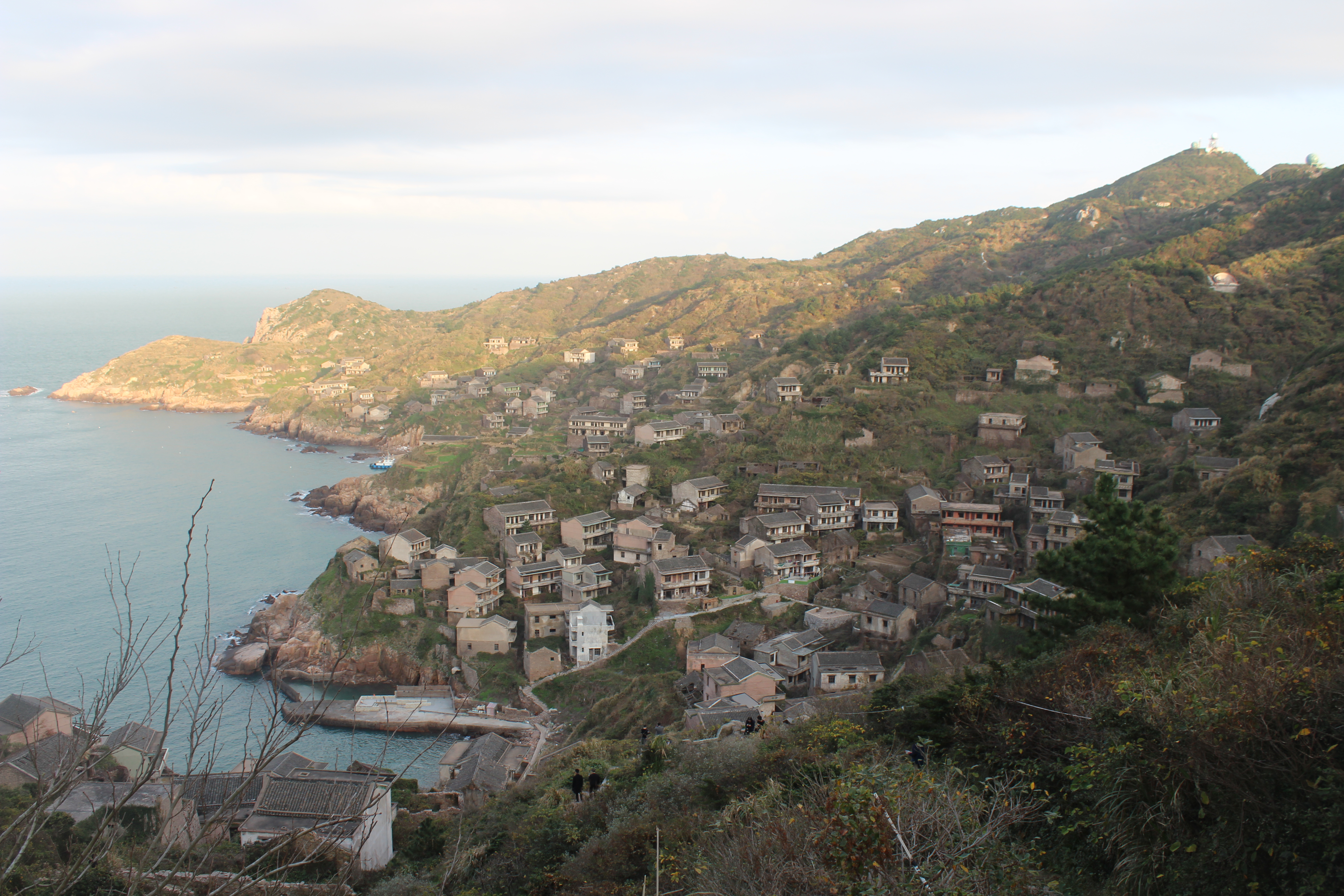
On Shengshan Island, the fishing village of Houtouwan faded as residents left for bigger harbors, and vines took the cue, quilting stone houses in layered green. Ivy sheets trace rooflines and stairways until streets blur into leaves, while paths climb through fig and fern to headlands that watch the East China Sea. Ferries and day tours manage tides and numbers, so the village reads like a time lapse of return, quick in summer and gentler by fall.
Craco, Italy
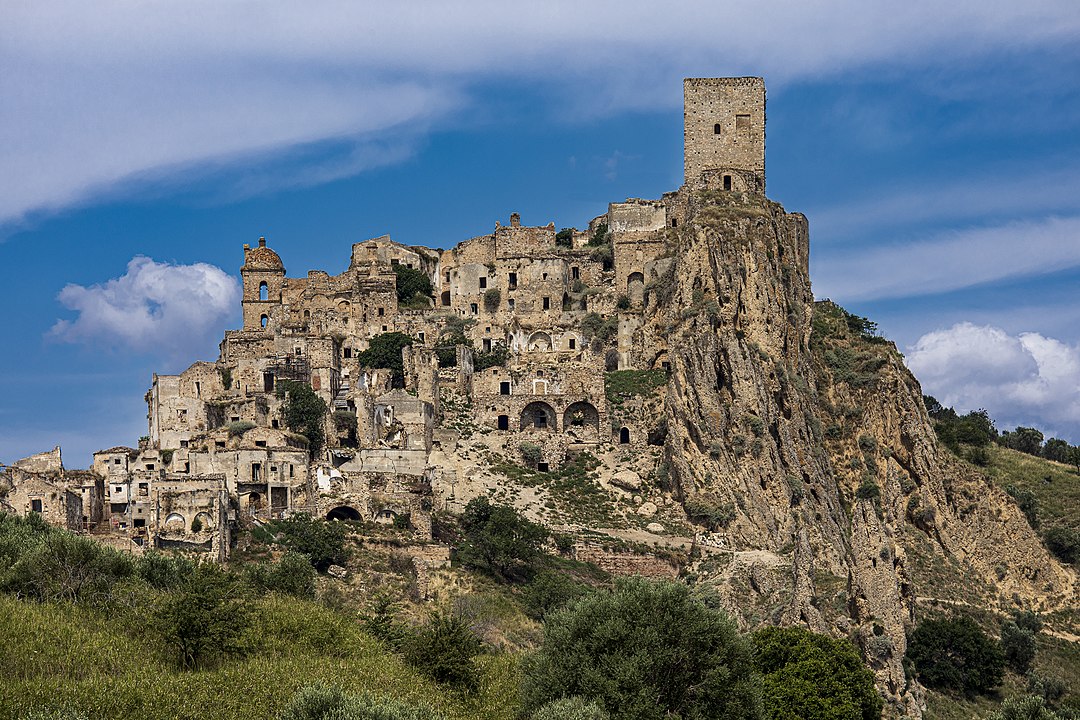
Perched on a clay ridge in Basilicata, Craco emptied after landslides and earthquakes made life precarious, leaving lanes that tilt toward open sky and changeable weather. Guided visits cross alleys where grass threads cobbles and doorways frame fields, while a church façade stands like a stage set as swallows claim the nave. Film crews love the drama, yet late light turns the place soft, teaching scale and silence better than any narration can manage.
Hashima Island, Japan
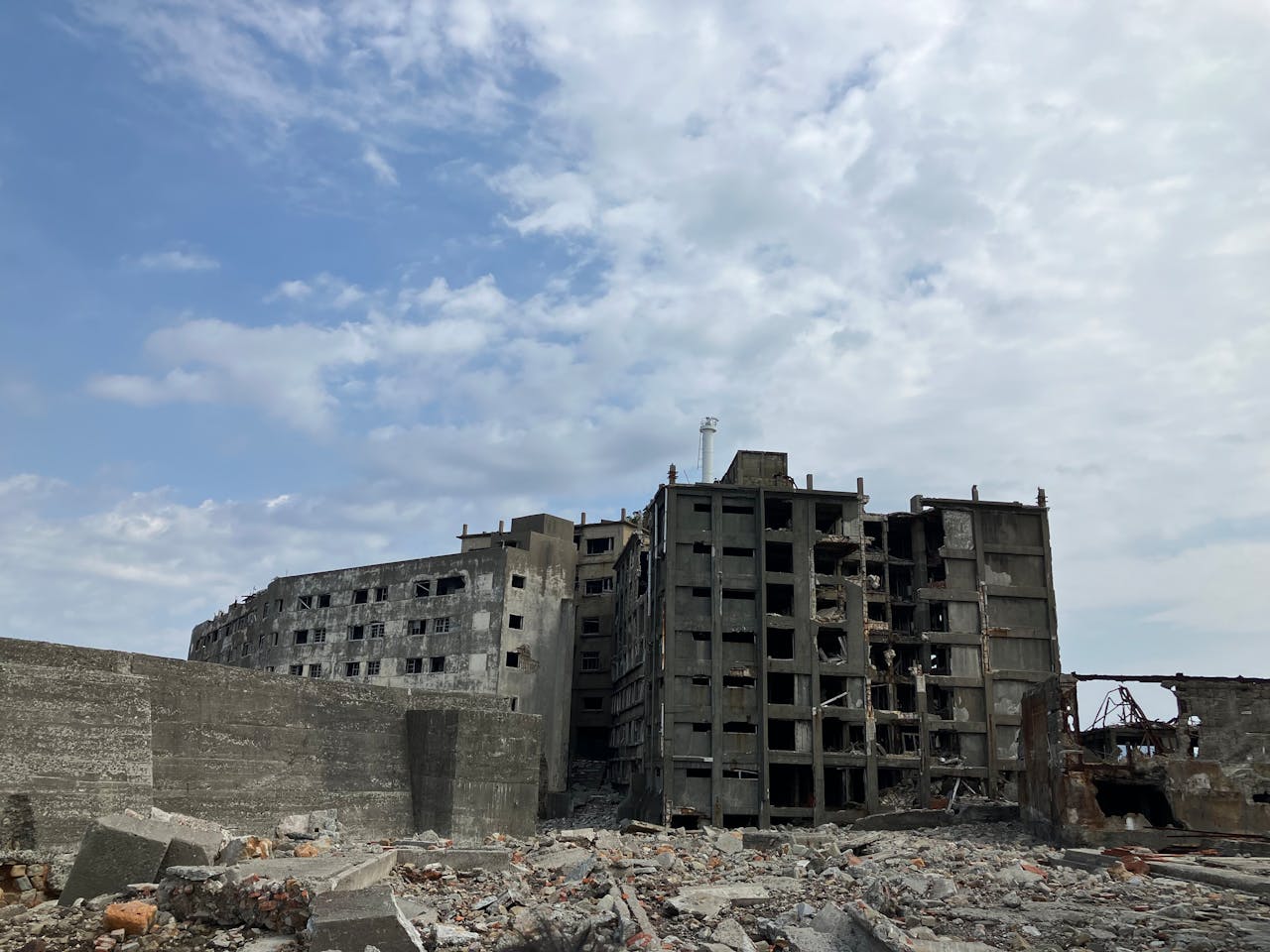
Called Battleship Island for its silhouette, Hashima once packed miners into concrete blocks stacked tight against the sea, a floating neighborhood of stairs and balconies. After coal closed, salt and wind chewed edges, weeds found seams, and gulls took windows for nests. Designated routes keep visitors safe while the ocean wraps every view; the island feels both futuristic and ancient, a compact lesson in density, labor, and how quickly tides erase certainty.
Ross Island, Andaman Islands, India
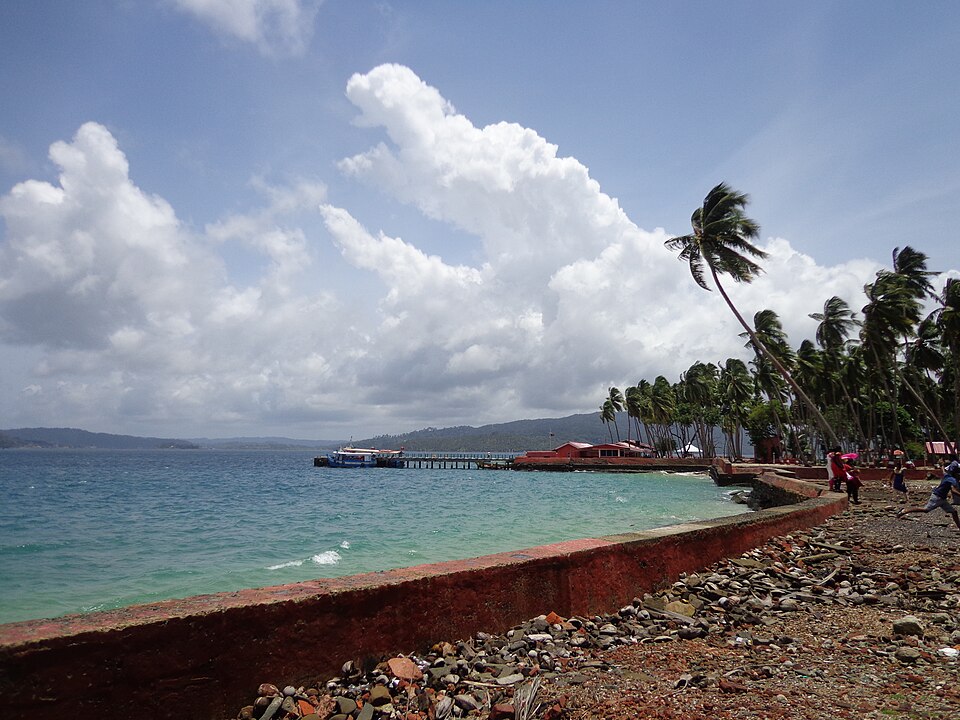
A short boat from Port Blair reaches an old British administrative enclave now laced with banyan roots that stitch brick to earth. Arches, bakeries, and officers’ quarters stand roofless while parrots flash and deer browse through courtyards under broken shade. Renamed for Netaji Subhas Chandra Bose, the island holds colonial memory and easy tropical hush at once, with simple paths, generous canopy, and ruins that prove the forest always gets the last edit.
Bhangarh Fort, India
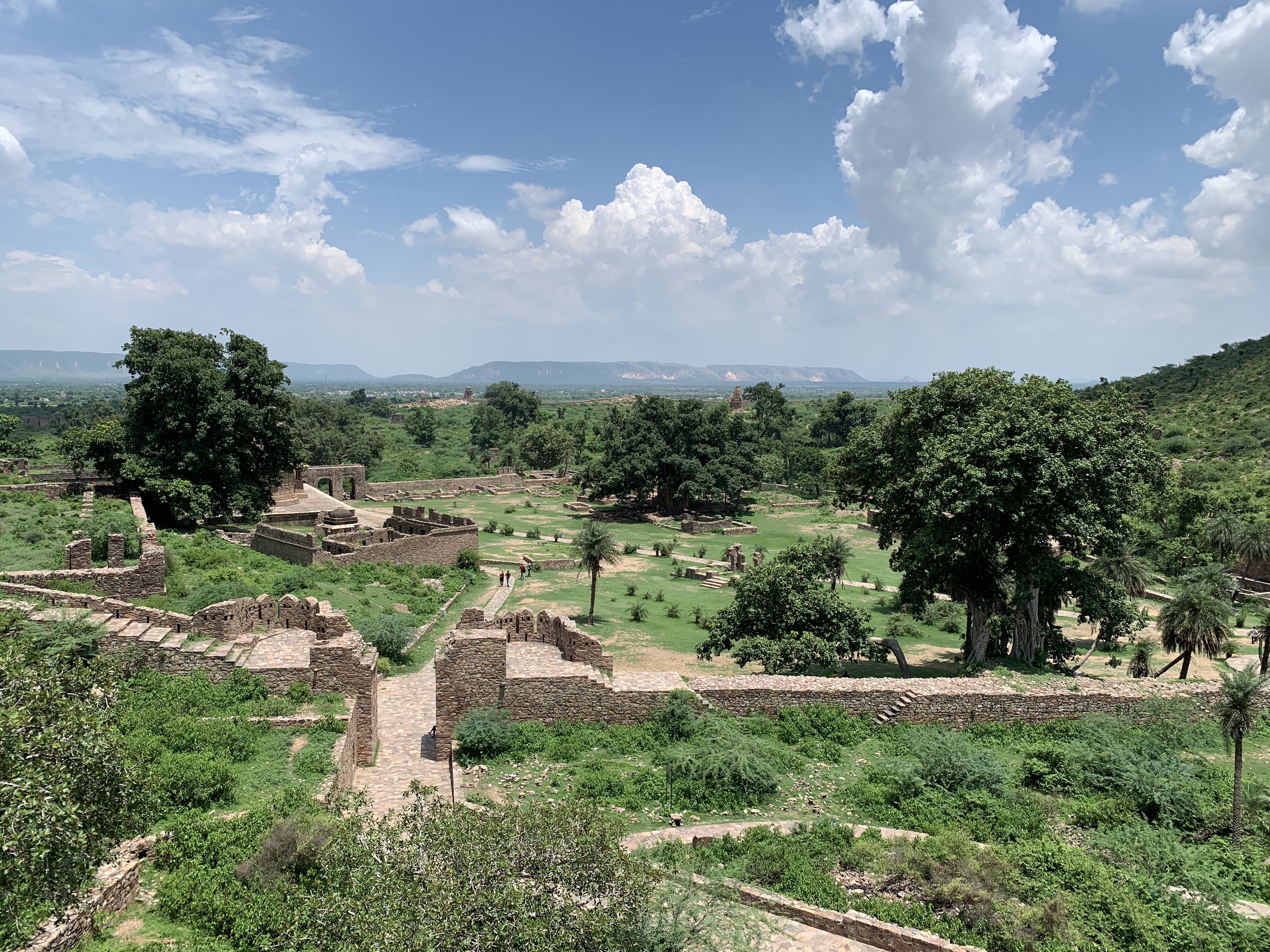
Where the Aravalli hills meet scrub forest, Bhangarh spreads an abandoned township inside stout walls, with markets, mansions, and temples stepping toward a fort. Stories cling to the stones, yet daylight and thorn do the real work, softening edges and pulling roots through thresholds. The Archaeological Survey of India opens at sunrise and closes by dusk, a rhythm that suits owls and ruins, and rewards a long loop through courtyards and havelis.
Oradour-sur-Glane, France
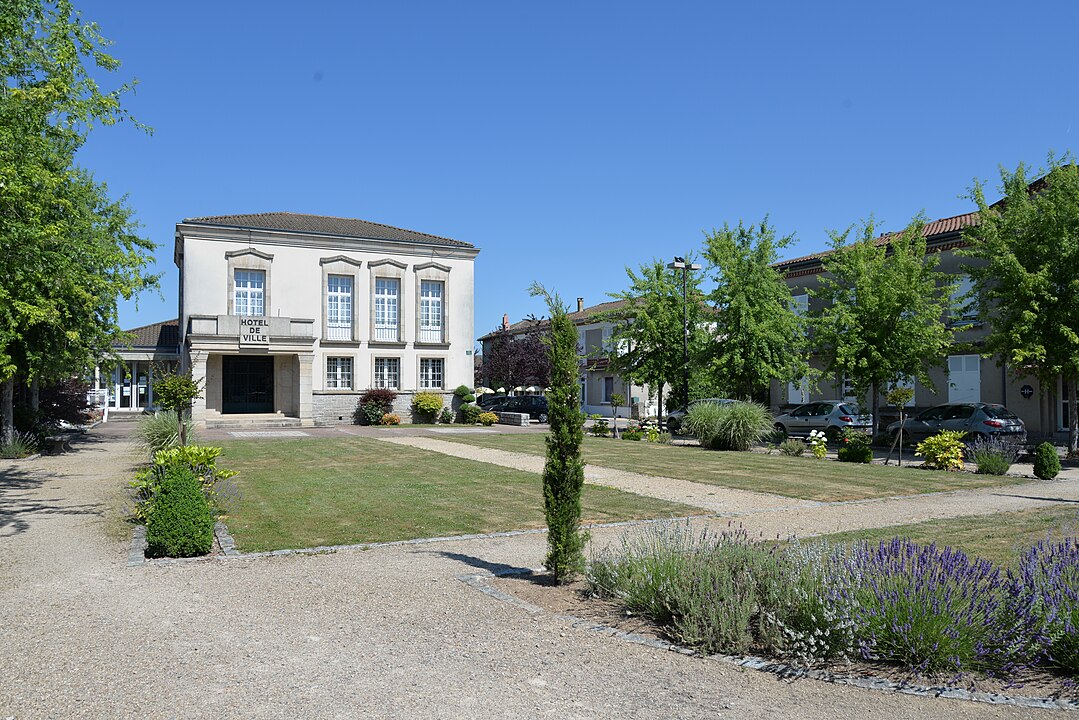
Near Limoges, Oradour-sur-Glane preserves streets left after 1944, now softened by grass and shrubs that move with every wind in the valley. Tram wires hang silent, sewing machines rust on kitchen tables, and roses climb through window frames as jackdaws nest in rafters. Visitors move in near hush, reading plaques and noticing small anchors of daily life; nature does not hide the violence, it frames it, giving space for reflection before the road resumes.
Humberstone And Santa Laura, Chile
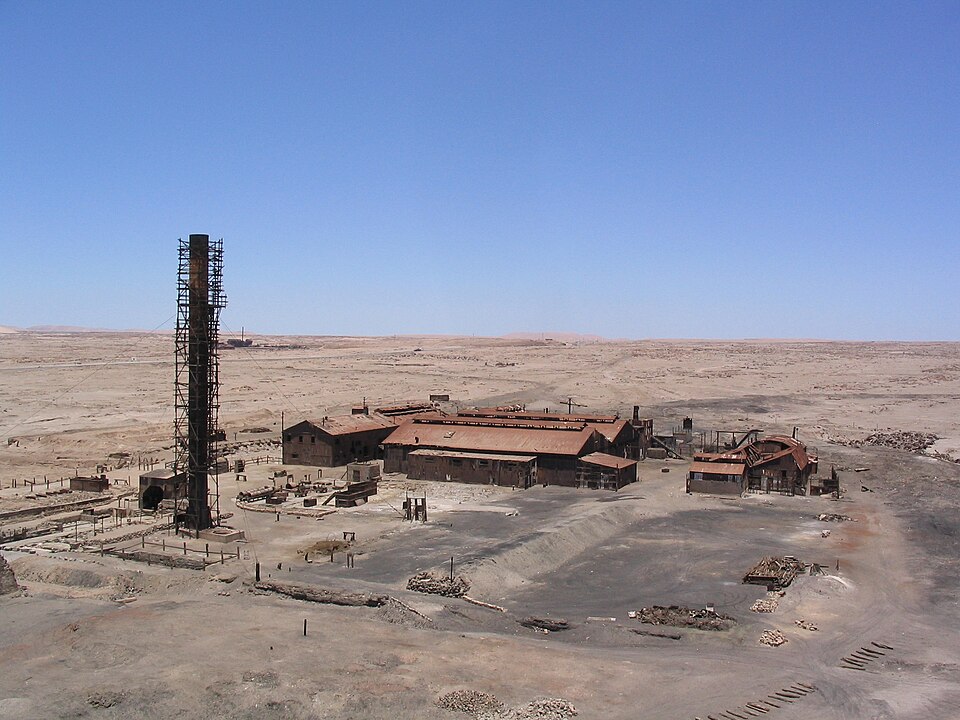
In the Atacama, the nitrate works of Humberstone and Santa Laura bleach under a thin, relentless sun while salt air scours beams and corrugated roofs to lace. Theaters, schools, and mills line a grid where desert wind replaces crowds and loose sand writes over footprints in an hour, then starts again. UNESCO status protects structures and stories; guides explain token wages, water hauled at cost, and the strikes that echoed for years after the whistles stopped.
Kayaköy, Turkey
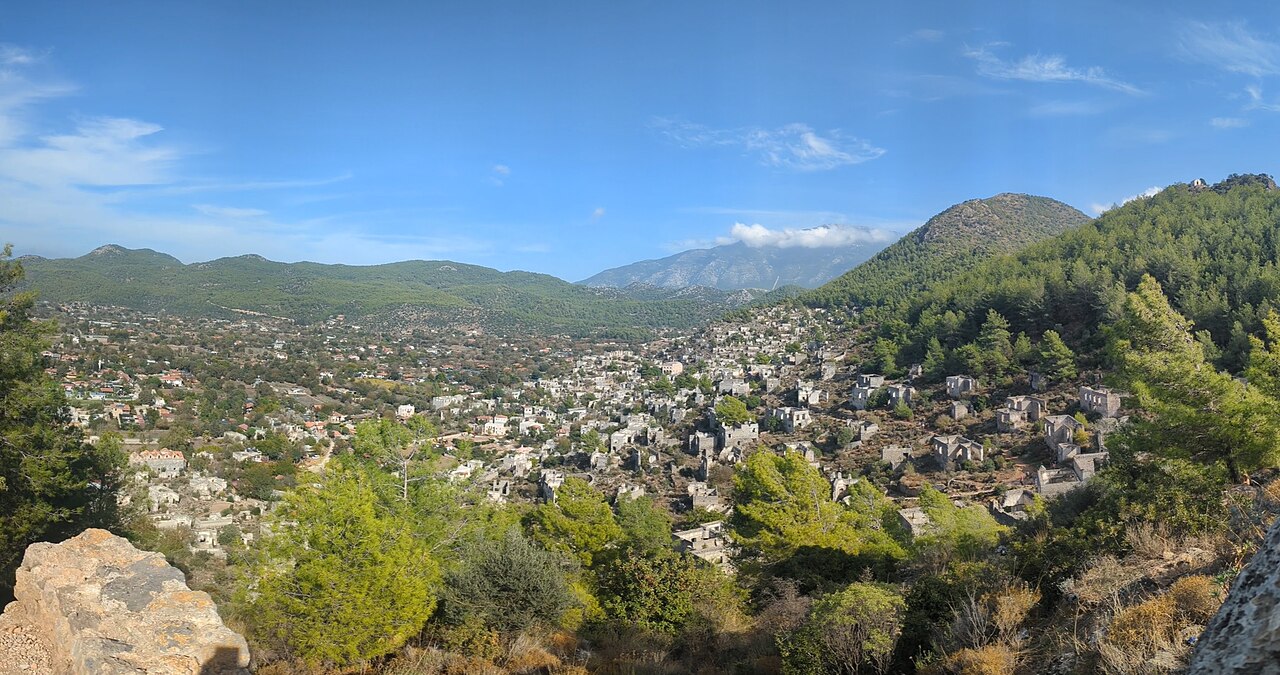
South of Fethiye, Kayaköy steps across a hillside, its roofless stone houses open to thyme, goats, and sea air that slips through shutterless rooms. Abandoned in the 1920s population exchange, it reads as a quiet amphitheater of doorways and chapels watching a bright bay. Trails link cisterns, fresco traces, and terraces where figs sprout from mortar; an open-air museum stabilizes parts, while the best moments are wind, bell, and swallows looping the slope.
Epecuén, Argentina
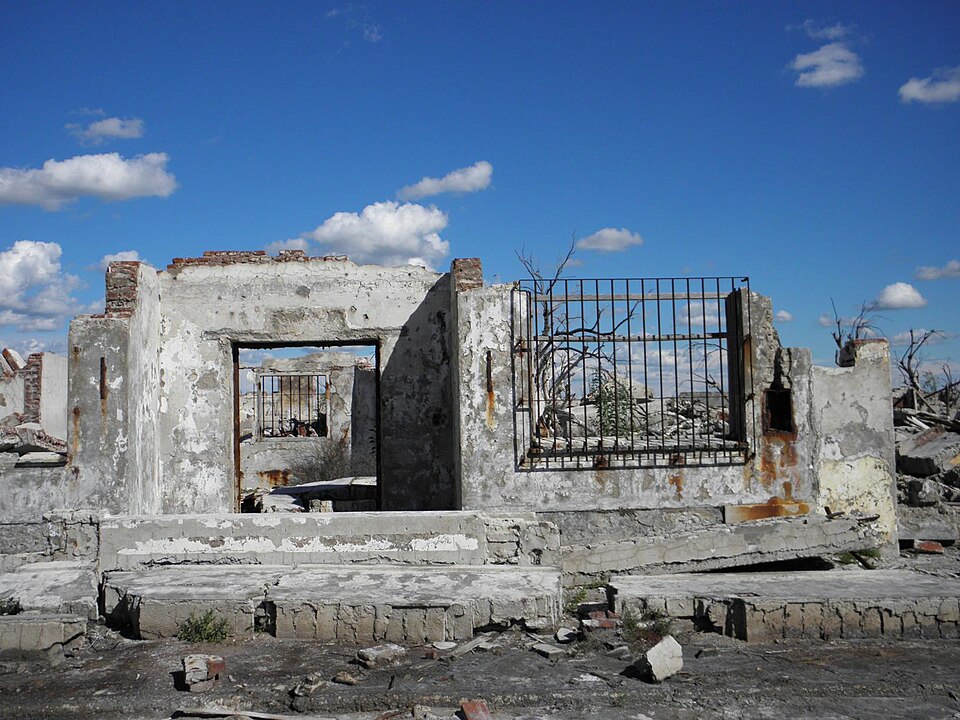
Villa Epecuén drowned when a salt lake overtopped defenses in the 1980s, then emerged decades later as waters fell, leaving ghostly trunks and salt-crusted walls in skewed light. Curving streets pass toppled hotels and baths that once drew crowds for mineral cures; now white crystals rim every edge and silence replaces traffic. Local guides carry before-and-after photos that make time feel slippery, as if the lake could reclaim or release on a whim.
San Juan Parangaricutiro, Mexico
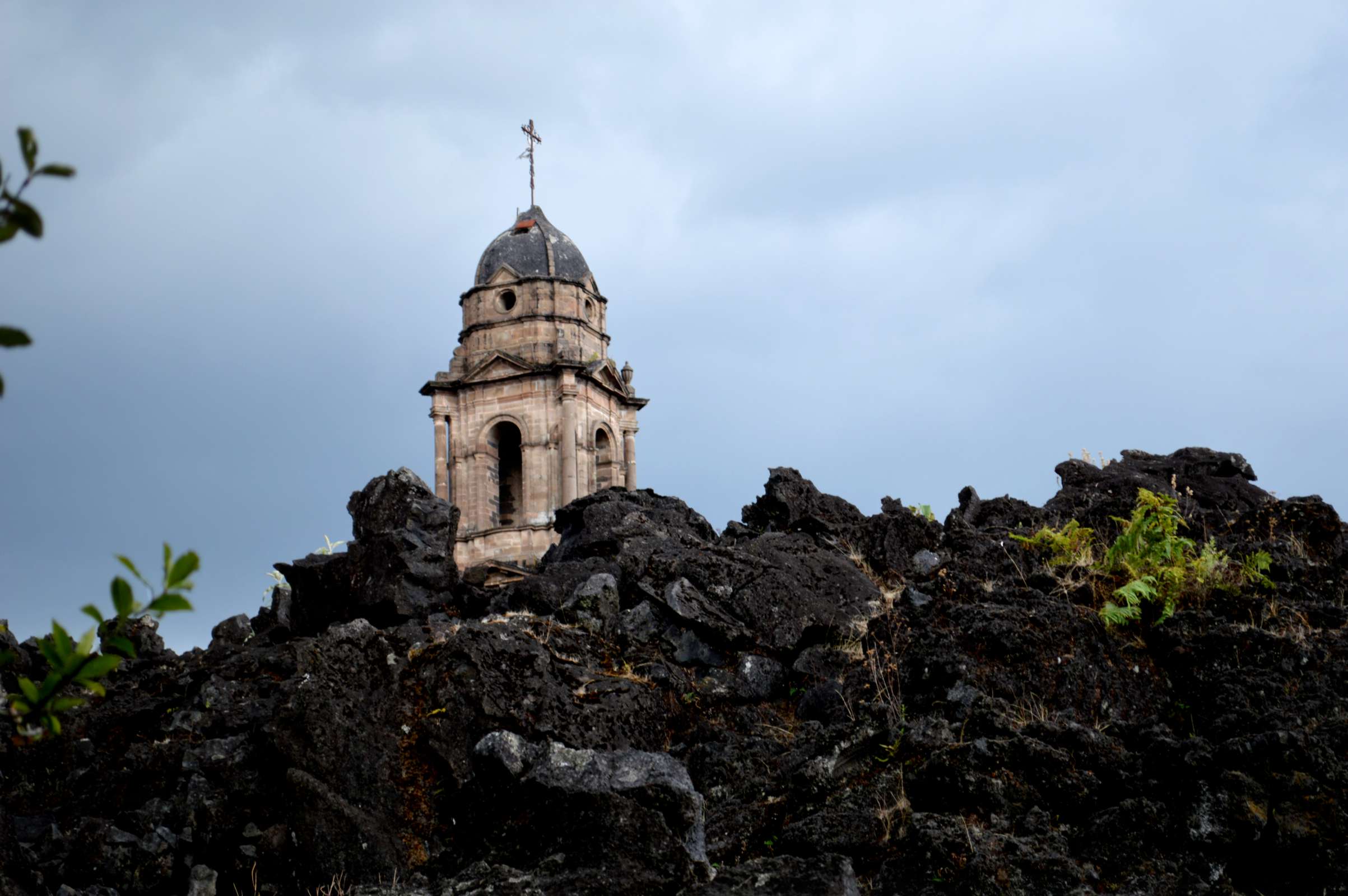
In Michoacán, a volcano born in 1943 buried fields and villages with black lava, sparing only the church of San Juan’s tower and apse above the flow like steadfast markers under wide sky. Visitors pick a path over rippled rock that now blooms with lichens and young pines, while candles flicker against basalt during special masses and processions. The landscape is stubborn and new at once, a place where faith and geology share a sentence that still needs an ending.
